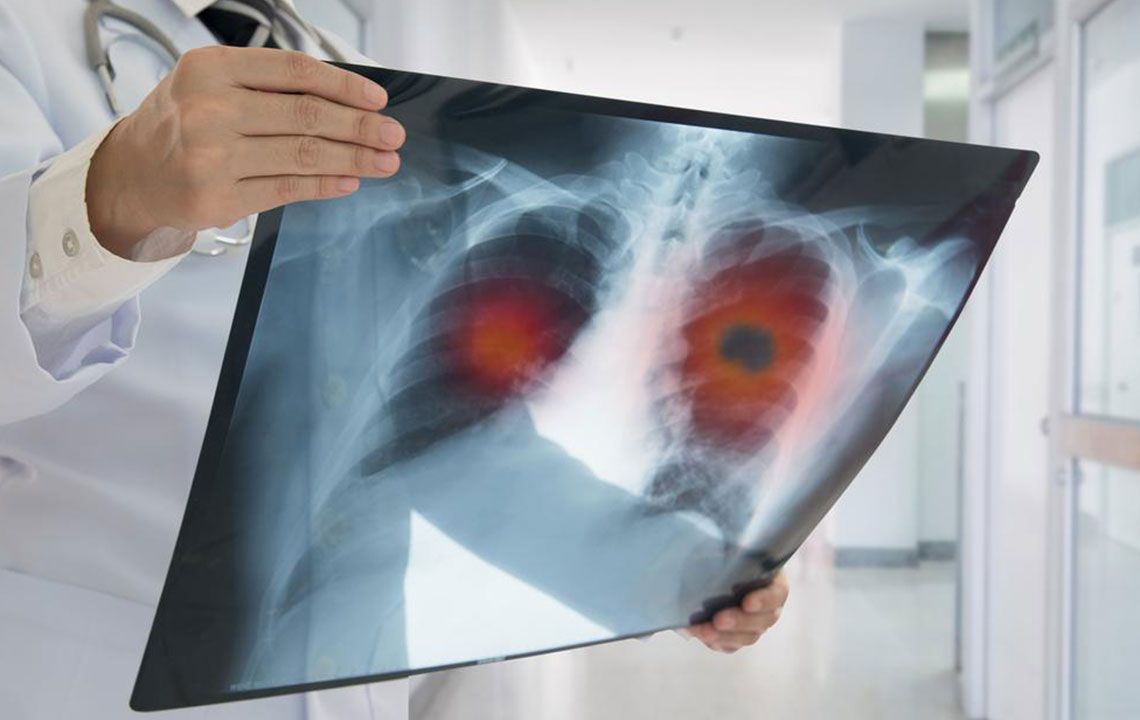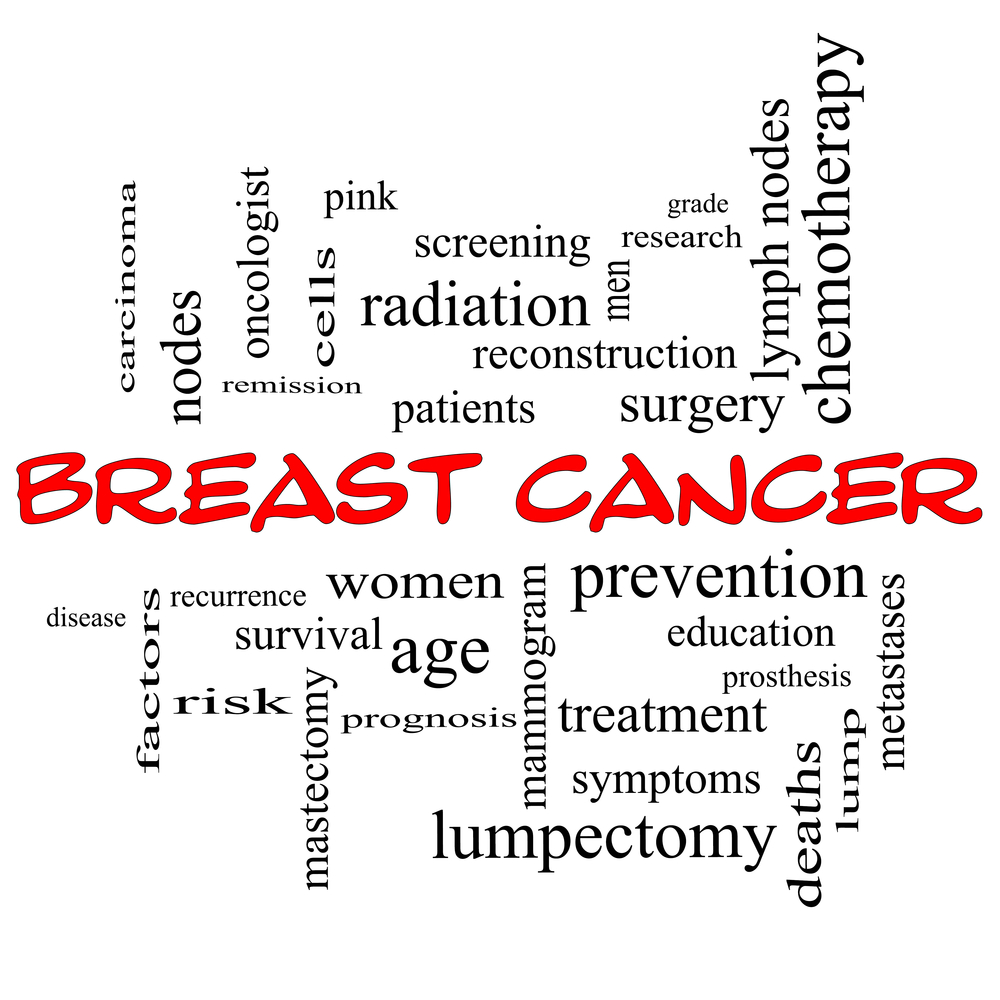Comprehensive Guide to Treatment Strategies for HER2-Positive Breast Cancer
This guide outlines the treatment options for HER2-positive breast cancer, including surgery, chemotherapy, radiation, and targeted therapies like trastuzumab and lapatinib. Treatment plans are tailored based on individual disease characteristics, aiming to improve survival rates and reduce recurrence. Regular follow-up is crucial to monitor progress and manage side effects. Understanding these options helps patients make informed decisions and comply with their treatment to achieve better outcomes.
Sponsored

Breast cancer originates in the cells of the breast tissue and is the leading cancer diagnosis among women worldwide. Recognizing the specific type of breast cancer is essential for effective treatment. After diagnosis, physicians perform biopsies to identify hormone receptors like estrogen and progesterone receptors, as well as the presence of HER2 proteins, which influence treatment options.
Both hormone receptors and HER2 are key indicators and contributors to breast cancer progression. Treatment plans for HER2-positive breast cancer are tailored based on individual factors, including disease stage and overall health.
HER2 proteins, produced by the HER2 gene, regulate healthy breast cell growth and repair. Overexpression of HER2 due to genetic abnormalities leads to uncontrolled cell proliferation, resulting in a more aggressive cancer form. Patients with HER2-positive tumors often face a more severe disease compared to HER2-negative cases.
Therefore, treatment protocols for HER2-positive cancer differ significantly.
Therapies for HER2-Positive Breast Cancer
The management typically combines surgery, chemotherapy, radiation, and targeted therapies. Treatment approaches are influenced by tumor size, location, stage, and patient health.
Surgical Options: The choice between breast-conserving surgery and mastectomy depends on tumor size and spread. Lymph node removal may also be necessary.
Radiation Therapy: Used pre-surgery to shrink tumors or post-surgery to eliminate residual cancer cells.
Chemotherapy: Utilizes potent drugs to kill or eliminate cancer cells, making it a cornerstone of treatment. For patients with concurrent hormone receptor positivity, hormone therapy may be combined.
Targeted Therapies for HER2-Positive Breast Cancer
Trastuzumab: This drug blocks HER2 receptors, preventing cancer cell growth. When combined with chemotherapy, it significantly reduces recurrence risk and enhances survival, with some studies reporting a survival extension of over a decade.
Ado-trastuzumab emtansine: Combines trastuzumab with chemotherapeutic agents to deliver treatment directly to HER2-positive cells, inhibiting their proliferation.
Pertuzumab: Used for metastatic HER2-positive cancers, either in early-stage shrinking tumors before surgery or in advanced cases without prior hormone therapy.
Lapatinib: Blocks proteins involved in cancer cell growth, suitable for advanced stage management.
Follow-up care involves regular testing to detect recurrence and manage side effects, which may persist long-term. Patients should understand their treatment options fully and adhere to medical advice to enhance recovery outcomes.






